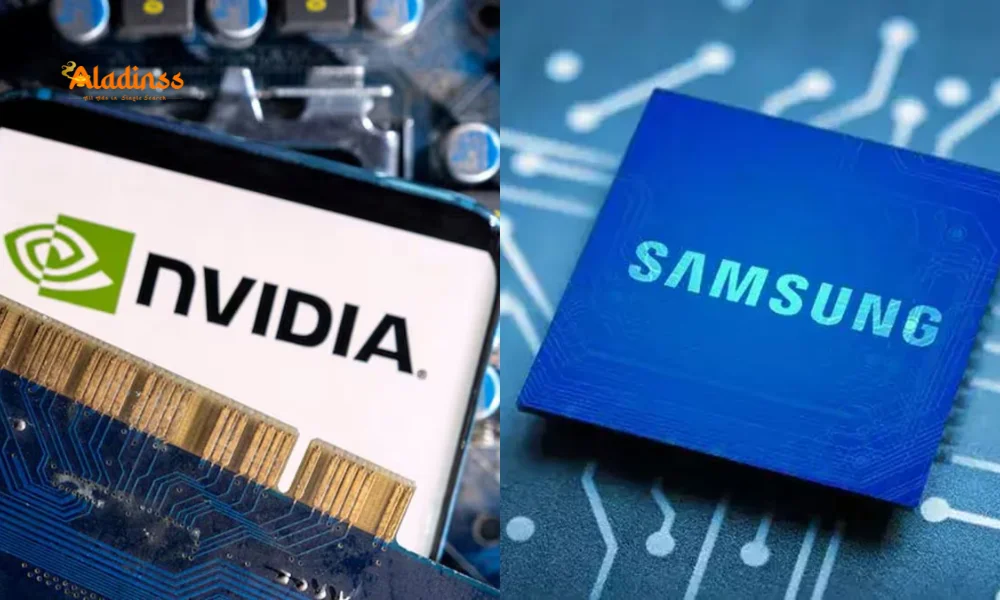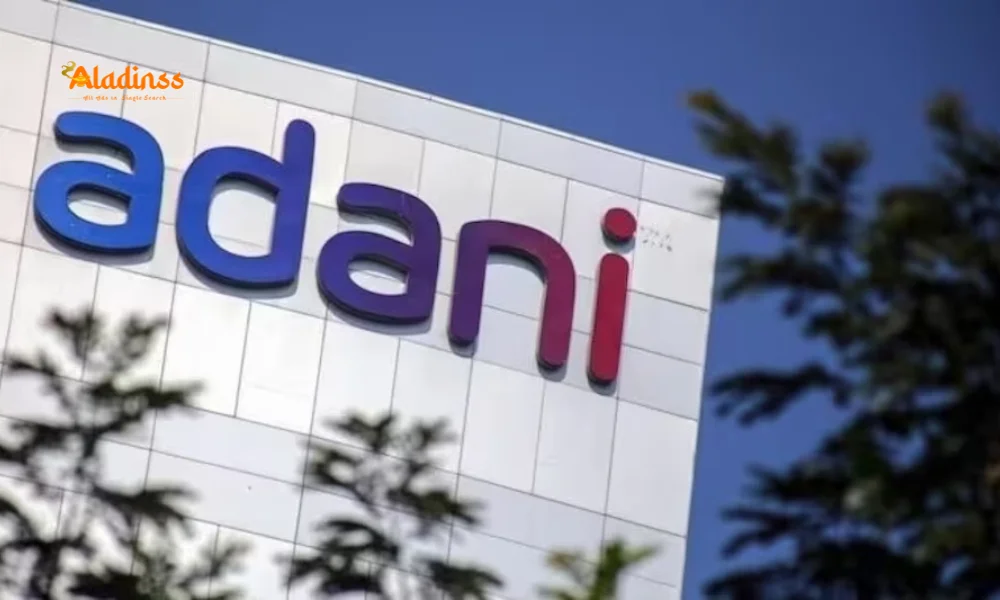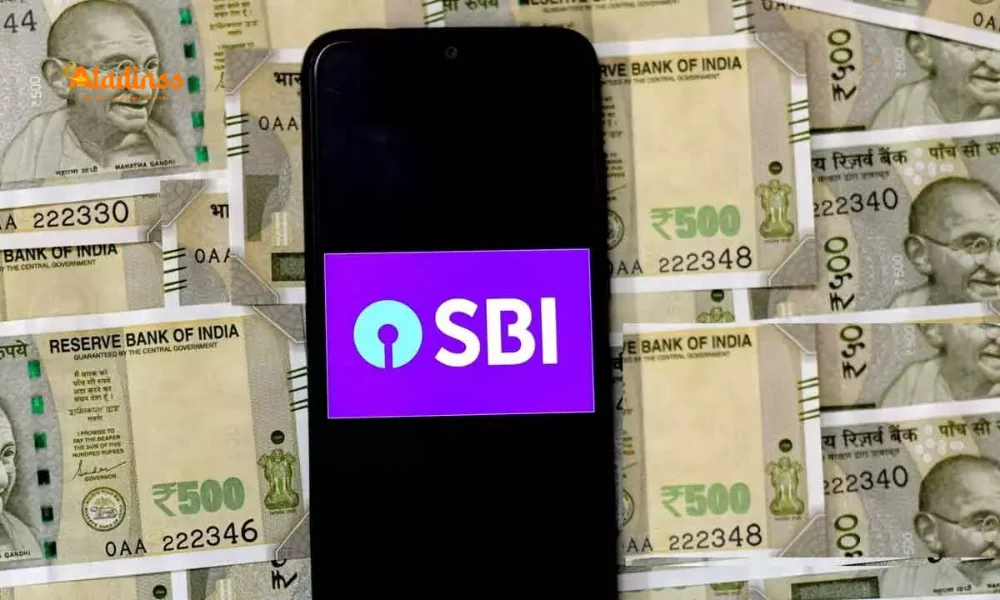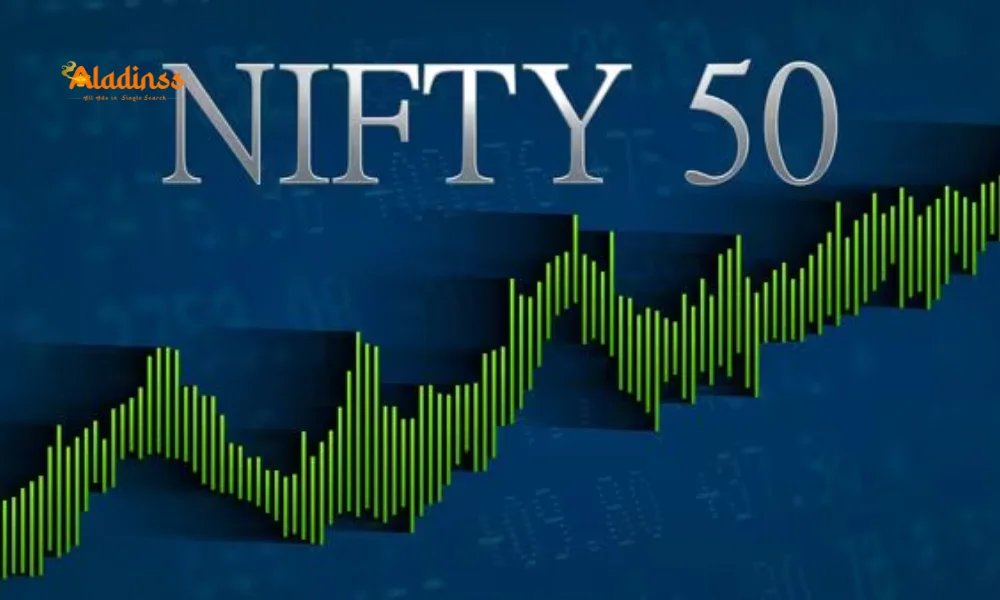IT Stocks Tumble Up to 6% After Trump's H-1B Visa Fee Hike: Latest Update on Infosys, TCS, Wipro Impact
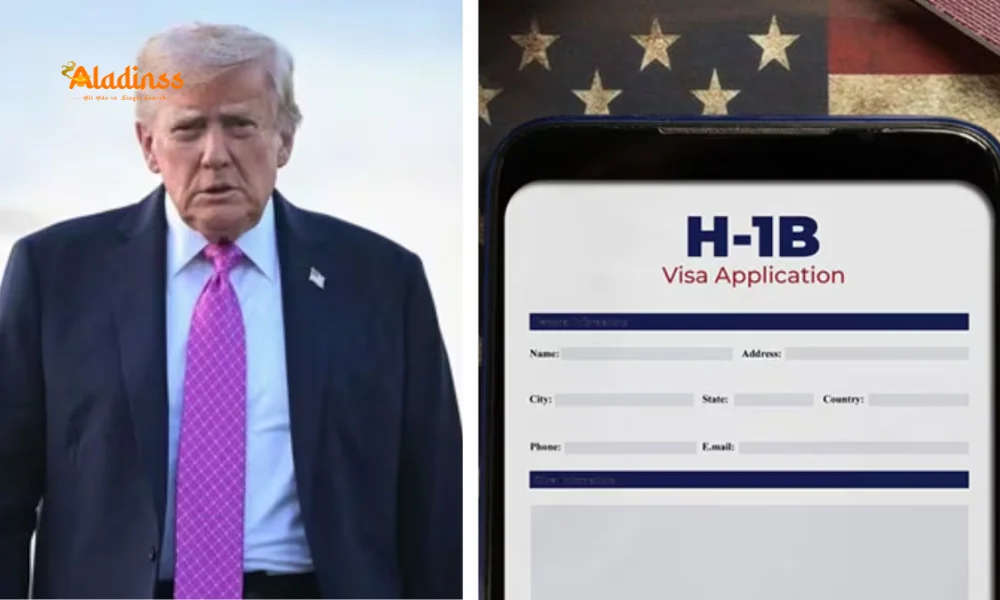
Indian IT stocks, including giants like Infosys, TCS, and Wipro, plummeted by up to 6 percent on Monday, September 22, 2025, following a seismic executive order from US President Donald Trump. The proclamation, signed on September 19, 2025, escalates the H-1B visa application fee from $1,000 to a staggering $100,000 per applicant annually, marking a 100-fold increase aimed at curbing immigration and prioritizing American workers. This bold move has sent shockwaves through the $250 billion Indian IT sector, which relies on H-1B visas to deploy skilled professionals to the US, a critical market accounting for 60 percent of its export revenue. The Nifty IT index cratered over 3.5 percent in intraday trading, dwarfing the benchmark Nifty’s modest 0.5 percent decline, as investors scrambled to assess the fallout. Is this a fleeting dip or a structural shift? Should you buy now? Let’s unpack the latest developments.
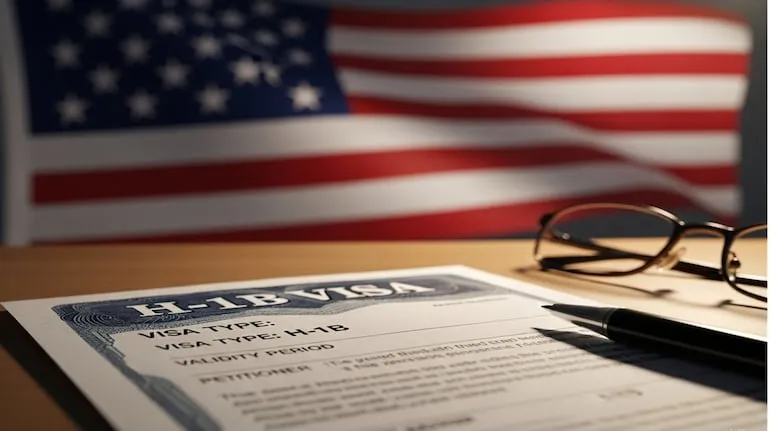
The executive order, announced alongside Commerce Secretary Howard Lutnick, targets new H-1B applications starting with the February 2026 lottery, sparing existing visa holders and FY26 allocations. This temporal cushion offers breathing room, but the psychological and strategic impact is immediate. Indian IT firms, long accustomed to navigating US visa policies, face a pivotal moment. Over the past decade, companies like TCS and Infosys have slashed H-1B dependency by 40 percent, with only 3 to 5 percent of their workforce—roughly 2,000 to 3,000 employees per firm—now holding these visas. Localization efforts, including $1 billion annual investments in US hiring and training, have reduced on-site staff to 20 percent, with H-1B holders comprising just 20 to 30 percent of that cohort. This resilience, built through years of adaptation, positions the sector to weather the storm, but not without adjustments.
The market’s reaction was swift and unforgiving. Tech Mahindra led the rout, shedding 5.8 percent, as its heavy exposure to US banking clients amplified concerns over project disruptions. Mphasis and Persistent Systems followed, each dropping over 5 percent, their mid-cap profiles magnifying volatility. TCS, Wipro, HCL Technologies, Infosys, Coforge, and LTIMindtree weren’t spared, with declines ranging from 3 to 5 percent. Oracle Financial Services Software, a relative outlier, dipped just 1.4 percent, buoyed by its niche banking software focus, less tethered to visa dynamics. Trading volumes surged 40 percent above average, hinting at bargain hunting by institutional investors betting on a rebound. Yet, the Nifty IT’s year-to-date lag of 23 percentage points against the Nifty 50 underscores a sector already battered by global spending slowdowns and elevated US interest rates.
Market Meltdown: How IT Stocks Fared on September 22
Monday’s trading session was a bloodbath for Indian IT stocks. The Nifty IT index breached critical support at 36,000, teetering on the edge of a bearish head-and-shoulders pattern flagged by analysts since April. A close below 35,500 could signal further declines toward 34,000, though oversold RSI readings suggest a potential short-term bounce. Tech Mahindra’s 5.8 percent plunge reflected fears of margin pressure in its BFSI vertical, which accounts for 40 percent of revenue. Mphasis, despite a strong 5.1 percent year-to-date gain, succumbed to sentiment-driven selling, as did Persistent Systems, whose AI-driven growth narrative couldn’t shield it from the broader rout.
Larger players like TCS and Infosys, with diversified portfolios, saw losses tempered by their scale and offshore-heavy models. HCL Technologies, drawing 60 percent of revenue from resilient sectors like healthcare and telecom, held up better but still shed 3.2 percent. Wipro and LTIMindtree, grappling with softer deal pipelines, mirrored the sector’s woes. Oracle Financial’s muted 1.4 percent dip underscored its defensive appeal, but even it wasn’t immune. Beyond India, US-listed peers like Cognizant saw after-hours tremors, with whispers of 50 percent tech import tariffs adding fuel to the fire. The sell-off, while sharp, saw contrarian funds snap up shares, betting on a recovery driven by Q2 FY26 earnings in October.
The broader context is grim: Nifty IT has underperformed the Nifty 50 by 23 percent in 2025, with TCS, Infosys, and HCL Tech down 25 to 29 percent year-to-date. Mphasis, buoyed by cloud migration deals, stands as an exception. Macro headwinds—US rate hikes, enterprise budget cuts, and now visa costs—have capped sector growth at 3 to 5 percent, far below the 15 percent clip of the early 2020s. Technical indicators suggest caution, but oversold conditions and high trading volumes hint at a potential reversal if earnings surprise positively.
H-1B Visa Hike: Strategic Implications for Indian IT
The $100,000 H-1B fee is a game-changer, forcing Indian IT firms to rethink on-site staffing. Motilal Oswal Securities Limited (MOSL) notes that the sector’s low visa exposure—3 to 5 percent of total headcount—offers a buffer. Only 20 percent of employees work on-site, with H-1B holders making up 20 to 30 percent of that group. This translates to 2,000 to 3,000 visas per major vendor, a far cry from the 20,000 annual filings a decade ago. Localization, with 55 percent US headcount at firms like Infosys, has been a masterstroke, bolstered by $1 billion yearly investments in American training programs.
Big Tech—Amazon, Google, Microsoft, and Meta—dominates fresh H-1B filings, with Amazon alone securing 12,000 approvals in 2025. Indian firms, by contrast, lean on subcontracting and offshore delivery, where margins can hit 40 percent versus 15 percent on-site. MOSL predicts a pivot to offshoring, potentially trimming on-site revenue by 1 to 2 percent but boosting EBITDA margins by 200 basis points. JM Financial concurs, estimating a 15 to 50 basis point margin hit in a local-hiring scenario, but a full offset with increased offshoring. Legal challenges, likely in US federal courts, could further soften the blow, with precedents like the 2017 travel ban suggesting delays or modifications.
The fee hike accelerates a decade-long trend toward “glocal” models—global delivery with local embeds. Firms like TCS now deliver 80 percent of projects from India, leveraging tier-2 cities like Coimbatore for 30 percent cost savings. This shift could unlock $2 to $3 billion in annual savings industry-wide, as on-site premiums vanish. Moreover, it spotlights India’s 1.5 million annual STEM graduates, a talent pool ripe for domestic scaling. HCL Tech, with its diversified portfolio, and Coforge, with its AI-driven agility, are poised to lead this transition, potentially posting 15 to 20 percent growth despite macro turbulence.
Should You Buy IT Stocks Now?
For investors, the H-1B shock presents a conundrum: panic or opportunity? MOSL argues that IT valuations remain reasonable, with HCL Technologies and Tech Mahindra as top large-cap picks. HCL’s diversified, recession-proof portfolio—60 percent from healthcare and telecom—offers stability, while Tech Mahindra’s turnaround under new leadership promises BFSI-driven growth. Among mid-caps, Coforge and Hexaware shine for their cost efficiency and AI focus. However, a sector-wide re-rating hinges on a new tech cycle and earnings upgrades, potentially in 2026 as AI and cloud adoption accelerate.
The broader US-India trade landscape adds complexity. Whispers of 50 percent tech import tariffs, though unconfirmed, could further dent sentiment. Yet, the sector’s fundamentals—robust cash flows, low debt, and $50 billion in multi-year contracts—suggest resilience. The fee hike, while disruptive, may catalyze profitability through offshoring, with firms like Infosys targeting 20 percent margin expansion by FY27. Investors eyeing a dip-buy should watch October’s Q2 results for signs of offshore scaling and deal wins, particularly in AI and digital transformation.
Global Trade Research Initiative warns that the US risks a $100 billion economic hit by deterring Indian STEM talent, which secured 71 percent of H-1B approvals in 2024. This could tilt innovation toward competitors like Canada or Ireland, but for Indian IT, the immediate focus is adaptation. With court battles looming and offshoring as a proven playbook, the sector’s long-term outlook remains intact. For now, selective buying in oversold names like HCL Tech and Coforge could yield 10 to 15 percent upside by mid-2026, assuming no further policy shocks.
Comment / Reply From
No comments yet. Be the first to comment!

